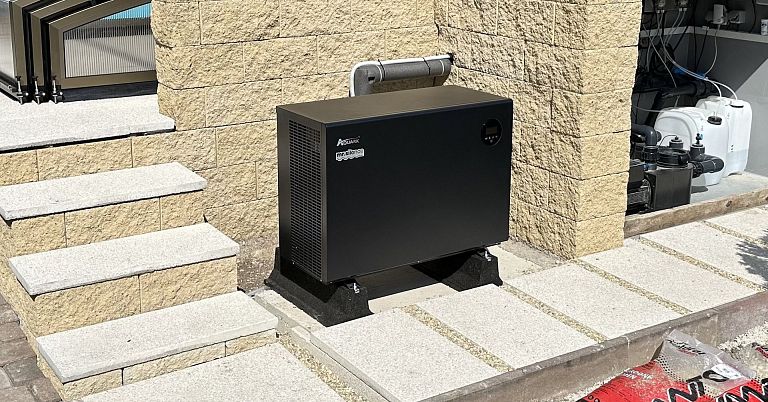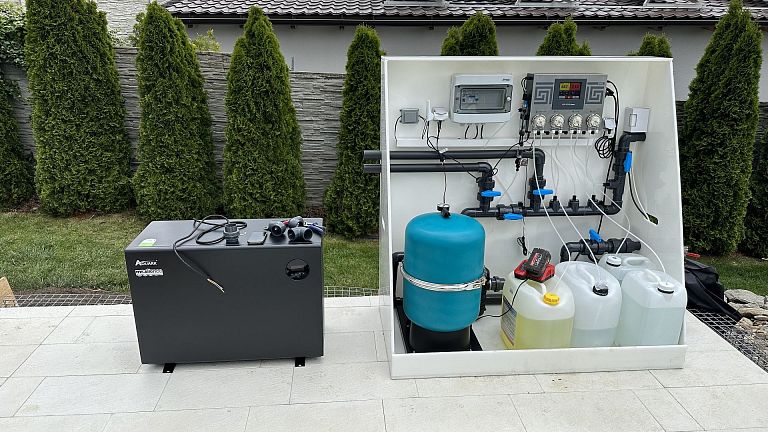Bionosic represents an important element in the field of biological wastewater treatment. This biomass carrier is made of high quality polypropylene and is protected by industrial design 26 362.
One of the main advantages of the bionosizer is its low energy consumption, simple operation and relatively high treatment efficiency. In addition, the bionic carrier does not shake the balls and thus does not cause overfilling when the biocontactor is rotated and the biomass subsequently falls off. This prevents the formation of dead spaces and bridging of the biocontactor. In addition, its use is environmentally friendly as it is a natural biological process and no chemicals need to be added during cleaning.
The use of the biosensor
You can use the biosolids as a cartridge to separate media, gas, air. It is used in wastewater treatment, especially in biological scraper filters that are filled with porous materials or biomass fillers made of plastic.
In the chemical industry, it can be used to purify waste gases, as an aeration element, or for use in cooling towers and columns. This biomass carrier also finds use in cage biocontactors, which are partially submerged in wastewater and slowly rotate.
The principle on which the biosolid carrier works
The main task of the bionarrier is to provide the microorganisms with an optimal environment for their growth and the decomposition of organic matter in the water. A biofilm is formed on the surface of the carrier, which contains living micro-organisms that are key to effective wastewater treatment. This biofilm is capable of breaking down organic pollutants and reducing harmful substances, thus contributing to improving the quality of the water before it is returned to the environment.
Due to the efficiency and reliability of the biosolids, wastewater treatment plants are able to achieve high levels of treatment, which has a positive impact on the environment.
Parameters of the biosolids carrier
| Material | Polypropylene |
| Sphere diameter | 54 mm |
| Content 1 m3 | approx. 8 000 pcs |
| Surface | 0,04 m2 |
| Weight | 160 kg/m3 |
| Surface area 1 m3 | 320 m2 |
























